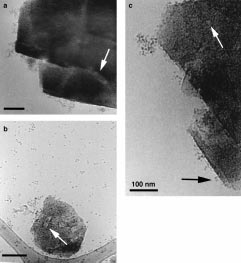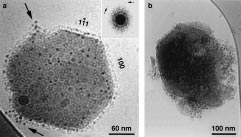Microsoft word - dmel9005c-ipl-hair-removal-beauty-equipment.docx
DM-9005C IPL HAIR REMOVAL BEAUTY EQUIPMENT Item no.:DM-9005C Item name:IPL hair removal Beauty equipment Product Description E-light takes strong pulse IPL and bipolar radio frequency electromagnetic wave with special width-spectrum, selectively acts on target texture, to do skin rejuvenation, freckle removal, hair removal, wrinkle removal effectively. One treatment
 of solutions containing proteins interacting with zeolite Y
crystals. Pronounced adsorption of ferritin on ultrastable
zeolite Y crystals is shown to be correlated to protein
aggregation. Adsorption of ferritin molecules on low- and
high-silica zeolite Y crystals results in different arrangements
of the protein molecules. It is also shown that structural
information, like unit cell parameters, can be obtained from
inorganic materials present in vitrified solutions.
of solutions containing proteins interacting with zeolite Y
crystals. Pronounced adsorption of ferritin on ultrastable
zeolite Y crystals is shown to be correlated to protein
aggregation. Adsorption of ferritin molecules on low- and
high-silica zeolite Y crystals results in different arrangements
of the protein molecules. It is also shown that structural
information, like unit cell parameters, can be obtained from
inorganic materials present in vitrified solutions. large protein aggregates, some containing 50 ± 100 molecules.
large protein aggregates, some containing 50 ± 100 molecules.